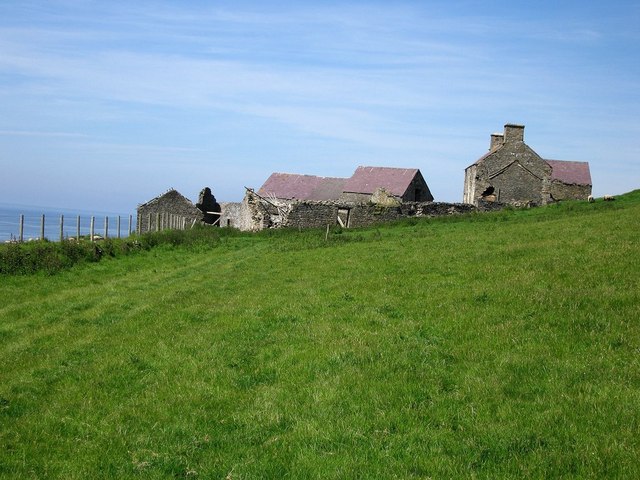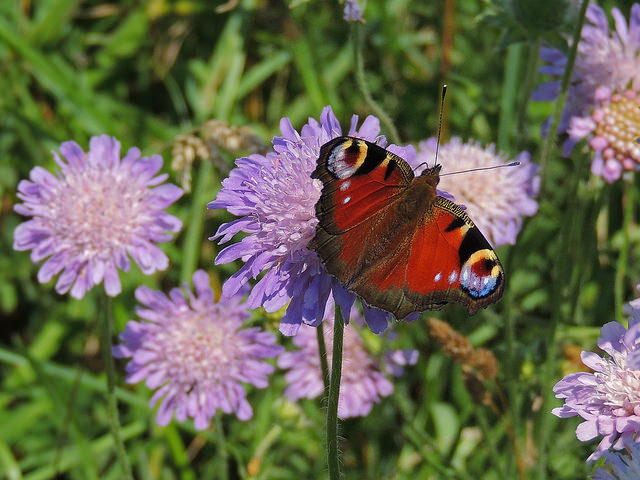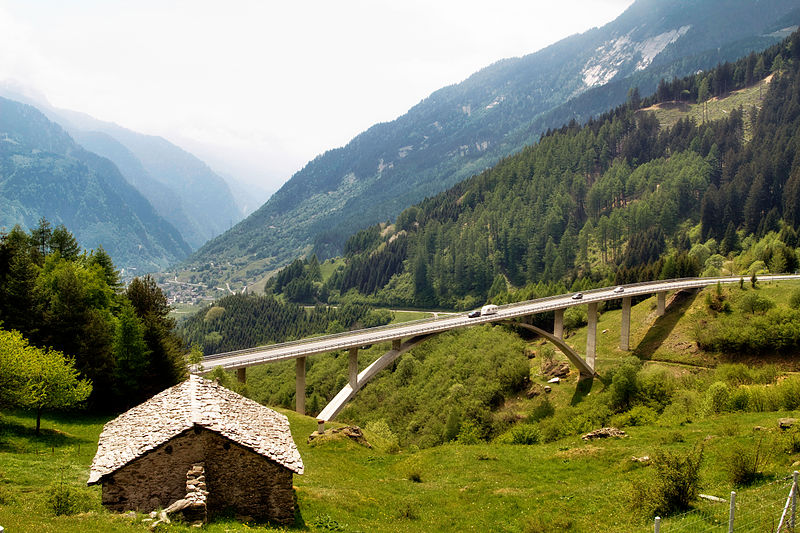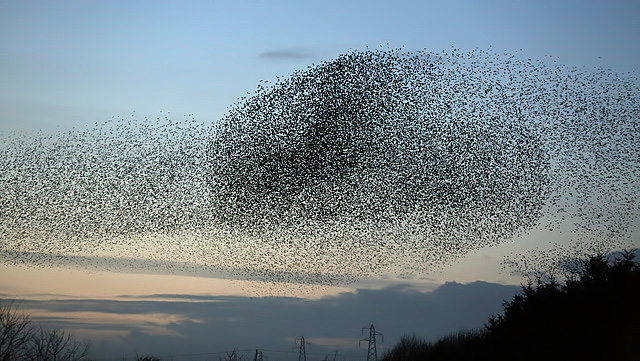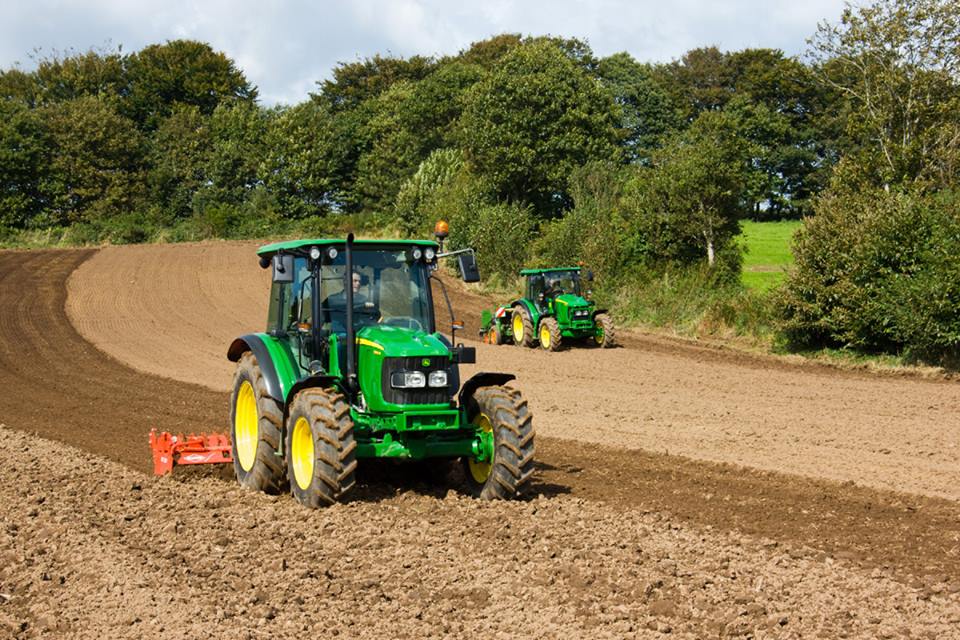Wales is one of the three devolved government regions which along with England make up the four countries in the UK. Its agricultural sector is, in absolute terms, small. Around 38,400 holdings farm an area of 1.9 million hectares, with an average farm size of 49 hectares. Just over 15,000 of these holdings receive support under Pillar 1 of the CAP as many of them are deemed to be ‘very small’ with insignificant agricultural activity. These farms produce output valued at £1.6 billion in 2017, contributing a gross value added of €457 million and a total income from farming (TIFF) of £276 million in that year (statistics taken from Wales Statistics and Research, Farming Facts and Figures, Wales 2018 and the Aggregate agricultural output and income web page).… Read the rest
The Article 92 commitment to increased ambition with regard to environmental- and climate-related objectives
Article 92 of the draft CAP Strategic Plan regulation is headed “Increased ambition with regard to environmental- and climate-related objectives”. In my previous discussion of the proposed green architecture in the CAP post 2020, I interpreted this Article as a commitment to no back-sliding on expenditure on agri-environment and climate objectives in the new CAP. For this reason, I took a more positive view of the potential of the new legislation to live up to the Commission’s declared ambition in this area than reflected in initial statements from environmental NGOs.
In the wake of further conversations with Birdlife Europe who have had the benefit of discussions with DG AGRI officials, I conclude that my initial interpretation of Article 92 as guaranteeing no back-sliding in expenditure was incorrect.… Read the rest
CAP strategic planning: scope and implications
We are pleased to welcome this guest post by Emil Erjavec, Professor of Agricultural Economics, Policy and Law at the University of Ljubljana, Slovenia. It is a version of his keynote speech to be delivered at the “The future of the CAP – L’avenir de la PAC” conference organised by Société Française d’Économie Rurale at Montpellier Supagro on 22 June 2018.
In December 2017, the European Commission published a Communication announcing a new round of important changes to the CAP post-2020; its legislative proposals, published June 1st 2018, have officially initiated it. Whether these changes are truly far-reaching and whether they contribute to a more efficient, effective and less controversial policy, will largely depend on the result of inter-institutional negotiations and later national implementation.… Read the rest
Commission Proposals on CAP: Will this become another decade of biodiversity decline?
We are pleased to welcome this guest contribution from Trees Robijns, Agriculture and Bioenergy Policy Officer, NABU (BirdLife in Germany) and Ariel Brunner, Senior Head of Policy, BirdLife Europe and Central Asia, who react to the Commission legislation proposals on the Common Agricultural Policy post 2020 published earlier today.
We have seen it all before: CAP reform. The same old CAP reform. To many of us following the process in detail, we are always in the run up to, in the middle of, or in the aftermath of a CAP reform. It feels like a never ending story of small incremental steps which, only to the absolute “uber-CAP-nerd”, lead in a clear direction.… Read the rest
A Tale of Two Policy Documents: DEFRA vs. Commission Communication
The Commission published its Communication The future of food and farming in November 2017 following an extensive public consultation process. Legislative proposals accompanied by an impact assessment are expected at the end of May. At the same time, the UK is preparing for life after Brexit. To this end, the UK Department for the Environment, Food and Rural Affairs (DEFRA) published a Command Paper (consultation document) on February 27 seeking views on a future post-Brexit agricultural policy. The paper provides a clear direction of travel for UK, or at least, England’s future agricultural policy, and will result in a White Paper and legislation in the form of an Agricultural Bill later in this parliamentary session.… Read the rest
The ANC delimitation controversy continues
Last week it was the turn of farmers in the south-west of France to take to the streets to protest against the introduction of new maps of Areas facing Natural Constraints (ANCs). I have explained the background to this controversy in a previous post , which essentially revolves around how to define ANC category (b) areas which are described in the Rural Development Regulation 1305/2013 as “(b) areas, other than mountain areas, facing significant natural constraints.”
For years the European Court of Auditors criticised Member States for designating these areas (previously referred to as Less Favoured Area (LFA) intermediate areas) without proper documentary evidence.… Read the rest
Rethinking EU budget spending on agriculture in the next MFF
This post reproduces my key-note statement to the session More efficient use of scarce financial resources – An efficient Common Agriculture Policy and focussed structural Funds at the European Political Strategy Centre High Level Conference ‘Shaping our Future: Designing the next Multiannual Financial Framework’ which was held 8-9 January 2018 in Brussels. The delivered version was slightly abbreviated for time reasons.
The session was intended to reflect on more efficient use of scarce financial resources in the EU budget’s two largest spending categories – agricultural policy and structural funds. I expected my fellow panellists to have a lot to say about structural funds, so my presentation focused on agricultural policy.… Read the rest
The CAP Communication: Paradigmatic change or empty rhetoric?
The following guest post was written by Professor Emil Erjavec, Professor of Agricultural Policy and Ilona Rac, researcher, at the University of Ljubljana, Slovenia.
The European Commission’s Communication on The Future of Food and Farming stands apart from all its predecessors. Rather than being a conceptual presentation of new mechanisms, as has been the norm since 1997, the document focuses on new political priorities and broad areas of intervention. We are presented with a range of new and not-so-new emphases arising from a number of EU strategies, a public consultation on the future of the CAP and various position papers presented by Member States and interest groups.… Read the rest
Decoding the CAP Communication
The CAP Communication was published by the Commission on 29 November last. In a previous post, I commented on an early leaked draft of this Communication. A number of changes in emphasis were added in the final version but the basic structure of the proposal has not changed. It is nonetheless worth to revisit the document and the Commission’s suggested vision for the direction of the CAP after 2020.
Much of the initial reaction both in the meeting of the European Parliament’s AGRI Committee to which Commissioner Hogan presented the Communication on the day of its publication (the video can be watched here) and at the December meeting of the AGRIFISH Council where Agriculture Ministers had their first chance to discuss the document (the discussion was held in private session but Vice President Katainen’s speaking notes are available and the subsequent press conference can be viewed here) focused on the proposed new delivery model for the CAP.… Read the rest
How Member States are implementing the new CAP
All the focus last week was on the publication of the Commission Communication on the Future of Food and Farming. This document has been greeted with both curiosity (concerning the potential of the proposed new mode of delivery and governance to deliver both simplification of the CAP as well as improved targeting and results on the ground) and criticism (from farm groups worried that it eliminates the ‘common’ in the Common Agricultural Policy and environmental groups worried that it could facilitate the continued transfer of a large chunk of the EU budget to farmers with no questions asked). It will take some time to tease out its full implications, and this is something I will return to on this blog in the future.… Read the rest

